These Animated Stereograms Bring 19th Century Photos to Life
![]()
Stereo images have been part of photography since its invention in the first half of the 19th century. Cameras enabled artists to produce two identical images from very slightly different perspectives — all that is needed to create convincing “three-dimensional” images. While technically possible with paintings and drawings, cameras made stereograms significantly easier.
Stereo photography’s popularity has fluctuated, but it has remained in some use for a long time. One of the peaks of its popularity started in the late 19th century, with many photographers capturing images for stereoscopic applications.
A quick browse through various archives will find numerous pairs of images shot side-by-side. One of the largest collections of archival photos belongs to the United States Geological Survey (USGS), of all places. The federal agency has set up a subsection of its photo archives especially for stereographic photography.
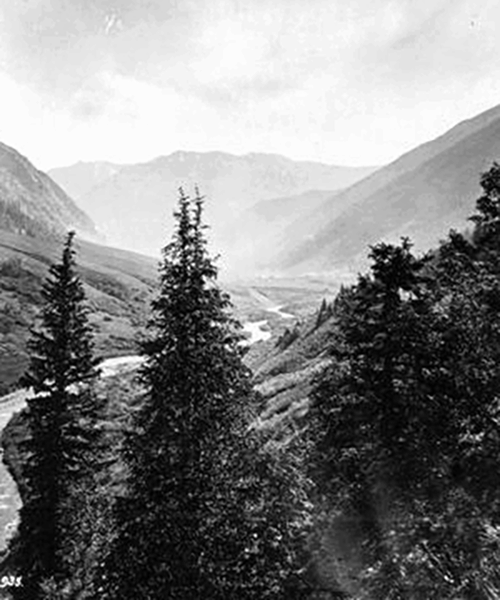
“The USGS has a rich historical photographic library containing photography from the late 1800s during the exploration of the West. A subset of this photography was the capturing of stereograph images (two images side by side). The USGS has implemented a method based off of a NYPL open source project (Stereogranimator) to bring together stereograph images into 3D-like animated GIFs,” the USGS explains.
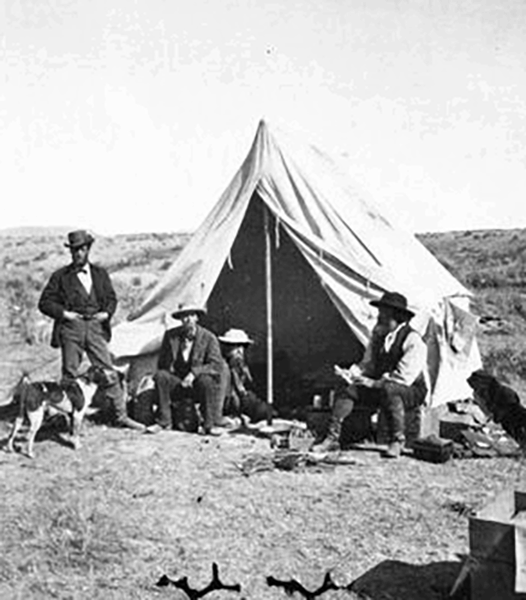
Longtime PetaPixel readers may recognize the term “Stereogranimator.” If so, kudos. The New York Public Library (NYPL) has an extensive collection of stereoscopic images itself — 42,332 as of today — and built an open-source software tool to convert stereograph input images into an animated “3D” GIF way back in 2012. A dozen years later, the tool still lives up to its promise across numerous platforms, including the USGS in 2024.
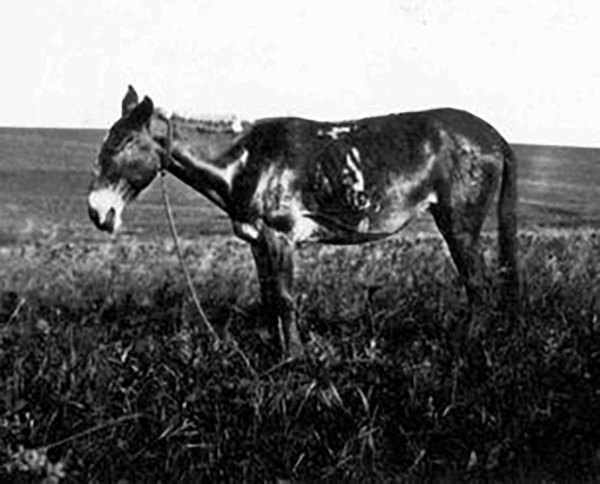
PetaPixel has selected some images to “stereogranimate,” but there are three dozen in total to browse on the USGS website. If these 36 images don’t satisfy the itch, there’s always the New York Public Library’s 42,000-plus images to watch wiggle.
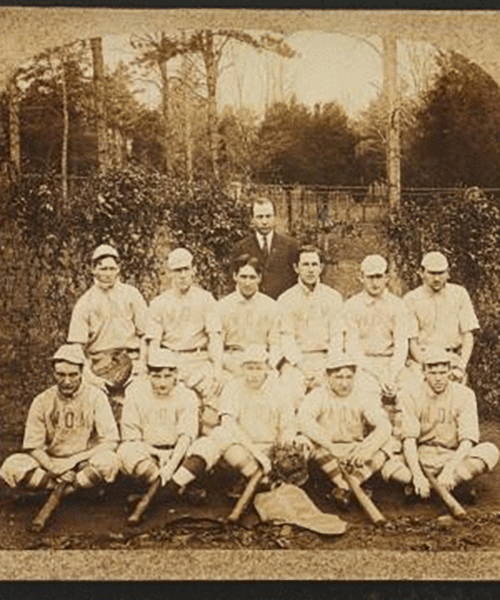
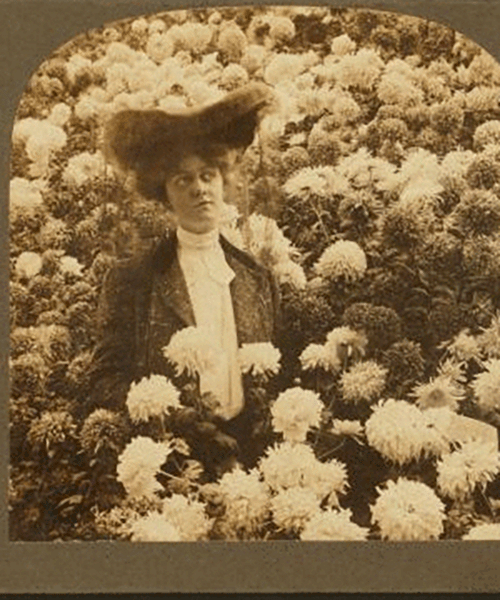
Although 3D viewing technology has reached heights nobody in the 1800s could have ever dreamed of, there remains something charming and appealing about regular old stereographic photos. In the case of 19th century history, stereograms are the best — and really only — way to get a sense of what a place looked like in three dimensions, even if only in facsimile form.
Image credits: USGS, New York Public Library